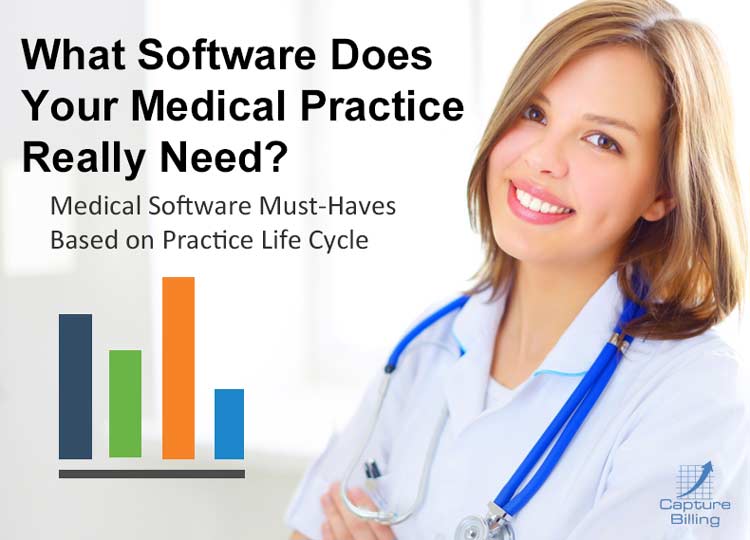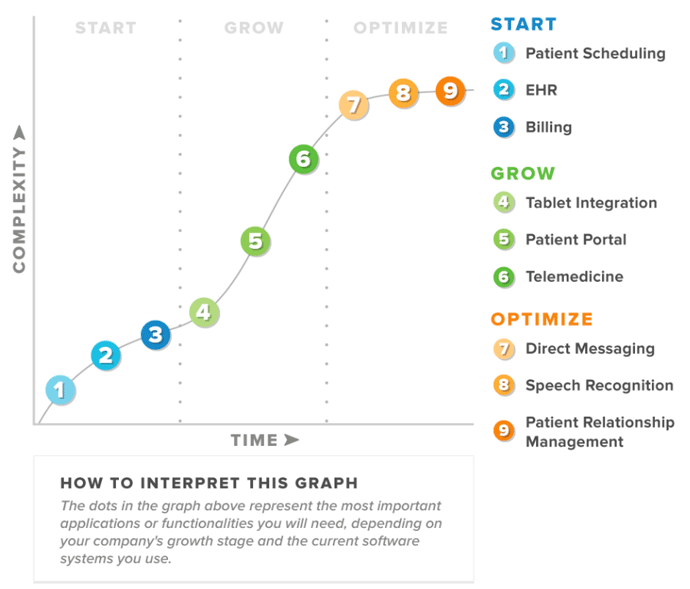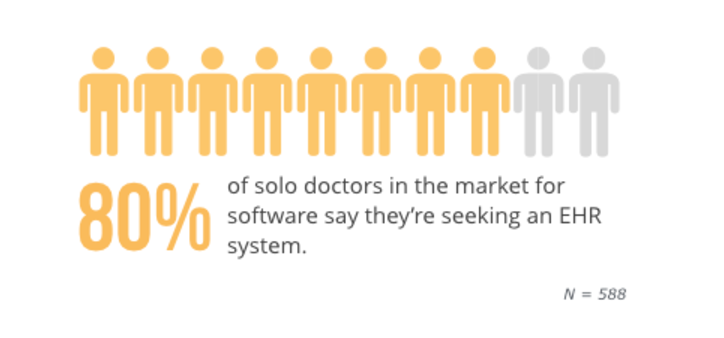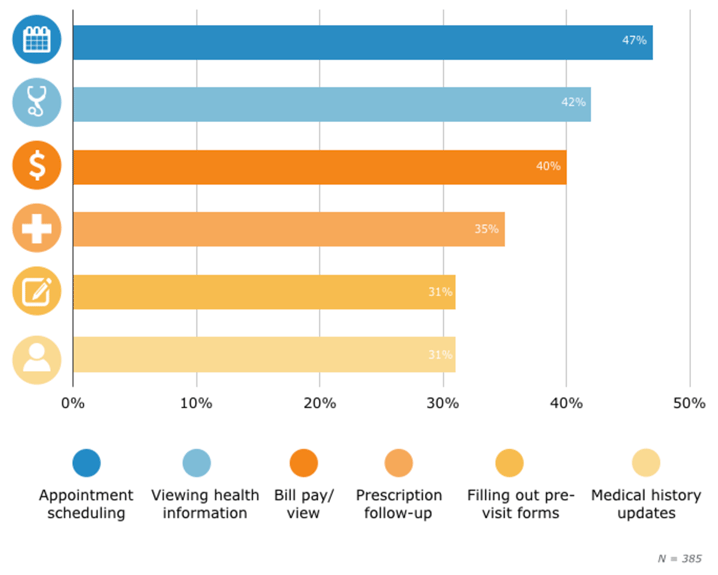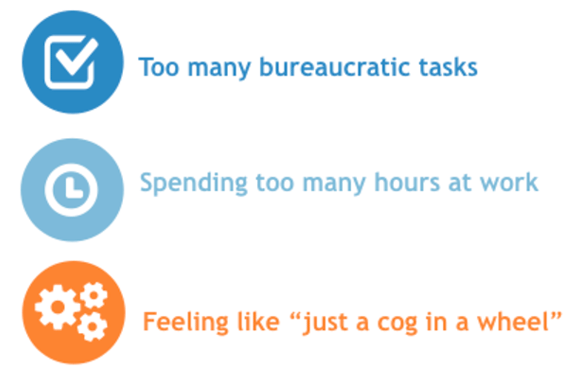Editor’s note: Jugna Shah, MPH, president and founder of Nimitt Consulting, writes a bimonthly column for Briefings on APCs, commenting on the latest policies and regulations and analyzing their impact on providers.
CMS’ proposed changes to implement Section 603 of the Bipartisan Budget Act of 2015 would reshape payments for off-campus, provider-based departments (PBD) if finalized and represent the most significant changes in the calendar year (CY) 2017 OPPS proposed rule.
The policy—mandated by Congress for CMS to find a way to implement what is often known as site-neutral payments—certainly had to be a priority for CMS staff while working on the proposed rule, and it may have delayed other initiatives in the works for 2017. Despite this, providers still need to take a close look at other aspects of this year’s proposed rule to accurately forecast the financial impact they may face in CY 2017 and beyond.
Forecasting financials
In the early days of the OPPS, determining the financial impact was a decidedly simpler affair. Providers could simply compare the current year’s payment for a CPT/HCPCS code to the proposed future rate. Essentially, line-item level comparisons were sufficient for your top volume of services or the services that represented the top 20% of your billed charges.
That is no longer the case with CMS’ increased packaging over the years, including the application of conditional packaging through status indicator Q, which requires payment impact to be examined more dynamically. This includes looking at certain services across the claim, as well as looking at the combination of services billed together to determine whether separate payment will be generated.
As policies continued to evolve, such as the introduction of even more comprehensive APCs (C-APC), expanded lab packaging, and an expansion of conditional packaging to the claim level, providers interested in forecasting financial impact will have to engage in far more sophisticated analyses to get their arms around the impact to their bottom line. All of this results in providers needing to engage in a process that now requires more people, more departments, and more information to make informed projections and decisions.
These trends continue in the 2017 OPPS proposed rule, with proposals that will require inter-departmental staff coordination and a nuanced look.
APC restructuring
In last year’s OPPS final rule, CMS moved forward with extensive APC reconfigurations for nine clinical families, following up reconfigurations for two families in the 2015 OPPS final rule. For 2017, CMS didn’t propose as many reconfigurations, but providers should note that even though CMS may not explicitly discuss APC reconfigurations, reconfigurations often occur as a result of the agency’s annual APC recalibration process. This moves CPT/HCPCS codes into and out of existing APCs, which can be uncovered by comparing the current and proposed Addenda B.
An example of explicit restricting that CMS discusses in the rule has to do with imaging service APCs, which CMS addressed in last year’s rule, and is again proposing changes after reviewing stakeholder recommendations. CMS proposes consolidating from 17 APCs to eight in 2017. The newly consolidated APCs would be:
5521, Level 1 Diagnostic Radiology without Contrast
5522, Level 2 Diagnostic Radiology without Contrast
5523, Level 3 Diagnostic Radiology without Contrast
5524, Level 4 Diagnostic Radiology without Contrast
5525, Level 5 Diagnostic Radiology without Contrast
5571, Level 1 Diagnostic Radiology with Contrast
5572, Level 2 Diagnostic Radiology with Contrast
5573, Level 3 Diagnostic Radiology with Contrast
CMS has listed the specific procedures assigned to these APCs, which are all assigned status indicator S (significant procedure not subject to multiple procedure discounting) in Addendum B of the proposed rule. This restructuring will have a financial impact, which could be positive or negative depending on your mix and volume of services.
An example of APC reconfiguration that is not explicitly discussed in the rule has to do with drug administration APCs. Currently, there are five levels of drug administration APCs, but the 2017 proposed rule OPPS Addendum B shows CMS has proposed to eliminate the fifth level, resulting in CPT/HCPCS codes in level 5 being moved to levels 3 and 4. This will have a financial impact which may be positive or negative depending on the individual service and what APC it’s being assigned to, as well as the new calculation of the APC’s relative weight. For example, the initial service hydration CPT code 96360 shows a huge increase in payment while other drug administration services show a decrease. Again, providers will want to examine this impact, as well as weigh in to CMS about whether the agency’s proposed reconfiguration makes clinical sense.
Comprehending C-APCs
Just because it’s now much more complicated to forecast financials based on CMS’ proposals doesn’t mean providers should stop doing it. In fact, as services get rolled up into more complex, comprehensive, and costly bundles, it’s even more important to account for each part and to assess financial impact.
The first step is to identify your most frequently billed services, either by volume or percent of charges. Then, identify the CPT codes from each and look for them in Addendum B of the proposed rule. If the CPT code has a J1 status indicator next to it, you’ll know it’s a C-APC.
At that point, you might want to pull five or 10 claims with that CPT code and look at each item and service reported on the claim with the procedure. If the code, which previously wasn’t associated with a C-APC, is now a J1 service, then you know CMS is proposing it to be paid as a C-APC service. Most other services won’t be paid for separately, even when reported on a different date of service, if they were all reported on the same claim. You can use that information, and the payment rate of the new proposed J1 service, to determine what kind of financial impact CMS’ proposed changes are likely to have on your organization.
Section 603
HIM and finance departments may also need to be involved as hospitals attempt to forecast the impact of the Section 603 provisions that would set payment rates for new PBDs at Medicare Physician Fee Schedule (MPFS) rates instead of the OPPS.
For example, grandfathered hospitals (or “excepted” hospitals, as CMS now calls them) would be paid at MPFS rates instead of OPPS for any expansion of services after November 2, 2015. CMS has identified clinical families at the APC level to define service expansions. Analyzing the impact of CMS’ proposals now is key in understanding the financial impact your organization will face if CMS finalizes its proposals. Additionally, understanding the impact now may help inform providers’ comments to CMS.
Additionally, keep in mind that your facility will not necessarily be losing money just because payments will be according to the MPFS and not the OPPS. That may have been nearly always true five years ago, but as CMS continues to increase packaging, MPFS rates may actually be better for your facility since you’ll be getting paid separately for more items and services. This certainly won’t be true across the board—it might not even be applicable to the majority of facilities. But it’s still worth looking into for those who are worried about facing a massive revenue swing if CMS’ proposal is finalized.







